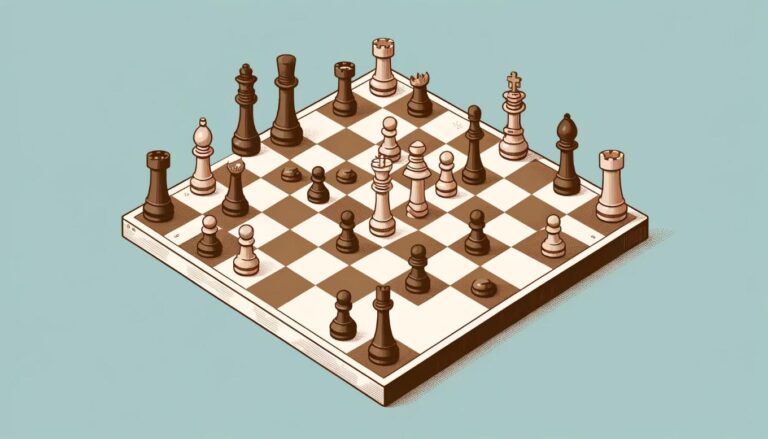Introduction to En Passant in Chess
En Passant is a special move in the game of chess that is often overlooked and underestimated. It is a move that involves capturing an opponent´s pawn as it moves two squares forward from its initial position. This move can only be performed under specific circumstances and requires both quick thinking and strategic planning. In this article, we will delve deeper into the technique of en passant and explore the moments when it can be effectively used in a game of chess.
Understanding the Rules of En Passant
Before we dive into the technique and moments of en passant, it is crucial to understand the rules that govern this move. According to the official rules of chess, en passant can only be performed if two conditions are met. First, the opposing player must move a pawn two squares forward from its starting position, known as the double-step move. Secondly, the pawn to be captured must be located on the same rank as the moving pawn but in the adjacent file. If these conditions are met, the player can choose to capture the pawn en passant, but only on the next move.
The Technique of En Passant
Now that we have a clear understanding of the rules of en passant, let us explore the technique of this move. The primary purpose of en passant is to capture an opponent´s pawn while minimizing any loss in material. It is often used to break the opponent´s pawn structure and open up lines for attacking opportunities.
When to Use En Passant
En passant is not a move that can be used in every situation, and it requires careful consideration before executing it. Here are some moments when using en passant can prove to be advantageous in a game of chess:
As mentioned earlier, en passant is an effective move to break the opponent´s pawn structure. By capturing a pawn en passant, the opponent is forced to recapture with their remaining pawn, thus weakening their pawn structure and creating weaknesses in their position.
En passant allows a player to open up attack lines by removing an opponent´s pawn from the board. This can be particularly useful when trying to create a passed pawn or opening up lines for your pieces to attack the opponent´s king.
En passant can also be used as a defensive move. If the opponent´s pawn is about to promote, and you do not have any pieces to stop it, en passant can be the last resort to capture the pawn and prevent its promotion.
En passant is an important technique to master in the endgame. As the game progresses and fewer pieces are left on the board, pawns gain significant importance. Knowing when and how to use en passant in the endgame can be the difference between a win and a draw.
Conclusion
En passant is a move that may seem insignificant at first glance, but in the right hands, it can be a powerful tool in a game of chess. By understanding the rules and techniques of en passant and knowing when to use it, one can gain a strategic advantage over their opponent. It takes practice and experience to master this move, but once you do, it can be a game-changer in your chess repertoire. So, the next time you see the opportunity to use en passant, do not hesitate to make the move and surprise your opponent with your tactical acumen.







